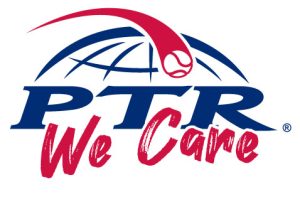Over the past several years, the workforce has changed: baby boomers are retiring in droves, birth rates are down substantially over the last 50 years, work-life balance is a top priority and there are 8.8 million U.S. jobs open and only 6.4 million unemployed Americans. According to human resource experts likes Jodie Cunningham of Kopplin, Kuebler & Wallace, employers must adjust accordingly if they are going to compete for talent.
Workers today prioritize well-being and work-life balance more than ever before. “Just because it was once customary to work 60, 70 or 80 hours a week does not make it right for the future. That approach isn’t sustainable,” Cunningham explained. “If clubs continue to overwork the talent they employ, they will drive great employees away from our industry.” Clubs that commit to 40-hour work weeks for their employees reap tremendous benefits in retention and productivity.
Dues increases over the last few years—many of which were fairly significant—have members expecting enhanced experiences, added value and additional amenities and/or services. Clubs should be adding employee positions to ensure all workers have manageable workloads and can complete their duties in 40 hours per week. Yet some boards are expecting and directing their GMs to be cutting expenses and eliminating “unneeded” staff positions. Cunningham maintains that successful clubs are evolving their organizational charts and adding employees to pick up specific duties and provide additional coverage, an initiative that directly improves the member experience.
“In the past five years, clubs have proactively added strategic human resource leaders to their staffs. This person is responsible for quarterbacking the talent strategy with the leadership team,” she said. “Clubs with a strategic people and culture professional have a coordinated plan to recruit, train, develop and retain great people. This directly impacts the member experience.”
Cunningham urges club executives have conversations with their management teams about the current organizational chart and whether it meets the needs of the club today and in the near future. If employees are regularly overworked, it is time to find ways to make those roles more manageable in 40 hours per week. Perhaps adding a communications person to take over club communications or hiring another food and beverage manager to help cover shifts would make sense? Maybe another assistant golf professional is needed so each can get time off each week during peak season? These are the kinds of evolutions necessary to keep workers today.
“It’s also important to be cognizant of behavior fit for the position,” Cunningham warned. “If you put people in roles that don’t suit them naturally, they will burn out and leave, or worse…they will burn out and stay.”








